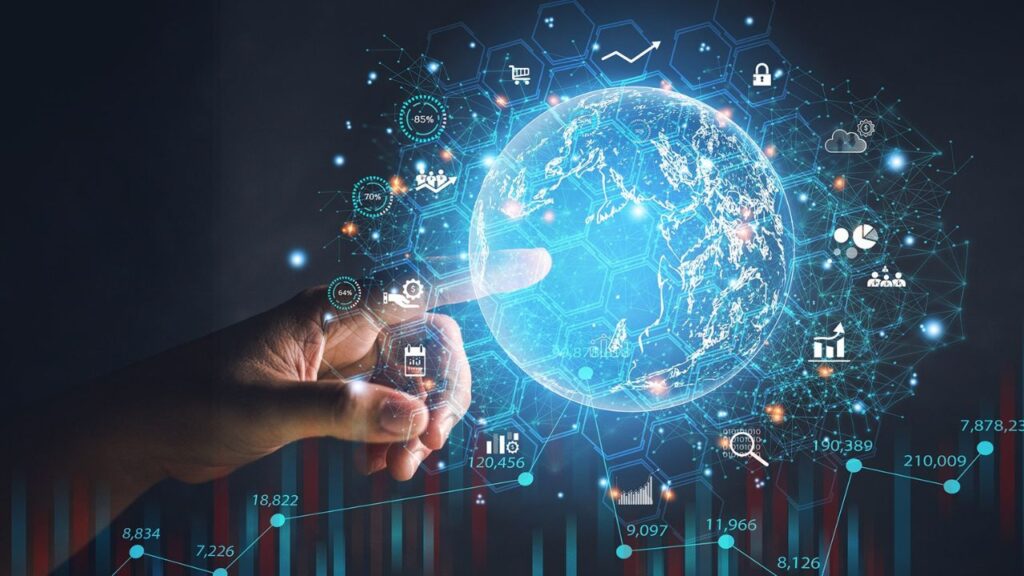The electronics industry is constantly evolving, with new technologies and innovations shaping our daily lives. As we look toward 2025 and beyond, several trends are emerging that promise to redefine how we interact with technology. In this blog post, we will explore the future of electronics, highlighting key trends that are set to influence the industry and consumer behavior.
Artificial Intelligence and Machine Learning Integration
Artificial intelligence (AI) and machine learning (ML) are becoming integral components of electronic devices. From smart home appliances that learn user preferences to AI-powered customer service solutions, these technologies will enhance user experience and efficiency. As AI becomes more advanced, we can expect devices to anticipate our needs, automate routine tasks, and provide personalized recommendations.
The Rise of 5G Technology
The rollout of 5G networks is revolutionizing connectivity. With faster speeds and lower latency, 5G will enable a new wave of electronic devices to connect and communicate seamlessly. This technology will enhance the Internet of Things (IoT), allowing for smarter homes, cities, and industries. Consumers can expect faster streaming, enhanced gaming experiences, and improved remote work capabilities as 5G becomes the standard.
Sustainability and Eco-Friendly Electronics
As environmental concerns continue to grow, sustainability in electronics will be a crucial trend. Companies are increasingly focusing on eco-friendly materials, energy-efficient designs, and responsible manufacturing processes. Expect to see a rise in products made from recycled materials, energy-efficient devices that consume less power, and programs that promote recycling and proper disposal of electronics.
Advancements in Wearable Technology
Wearable technology is set to become more sophisticated and integrated into our daily lives. From fitness trackers to smartwatches, these devices are evolving to offer more advanced health monitoring, augmented reality capabilities, and seamless connectivity with other devices. In 2025 and beyond, wearables will play a crucial role in personal health management, offering real-time data and insights that empower users to make informed decisions.
Smart Home Devices and Automation
The trend toward smart homes will continue to gain momentum. With the integration of AI, IoT, and voice-activated systems, consumers will be able to control their home environment with ease. Expect to see more devices that automate routine tasks, enhance security, and improve energy efficiency. From smart lighting and thermostats to advanced security systems, the possibilities for home automation are endless.
Augmented Reality (AR) and Virtual Reality (VR)
AR and VR technologies are rapidly advancing, creating immersive experiences for users. In 2025, we can anticipate wider adoption of these technologies in various sectors, including gaming, education, and healthcare. AR can enhance our interaction with the physical world, while VR can transport us to entirely different environments, making these technologies invaluable tools for learning, training, and entertainment.
Edge Computing
As the amount of data generated by devices continues to grow, edge computing will play a pivotal role in processing and analyzing data closer to the source. This technology reduces latency and bandwidth usage, leading to faster decision-making and improved performance. Expect to see more devices utilizing edge computing, particularly in applications requiring real-time data processing, such as autonomous vehicles and smart factories.
Enhanced Security Measures
With the rise of interconnected devices, cybersecurity will remain a top priority. Future electronics will incorporate advanced security features to protect user data and privacy. Expect innovations like biometric authentication, end-to-end encryption, and AI-driven security systems that detect and respond to threats in real-time.
